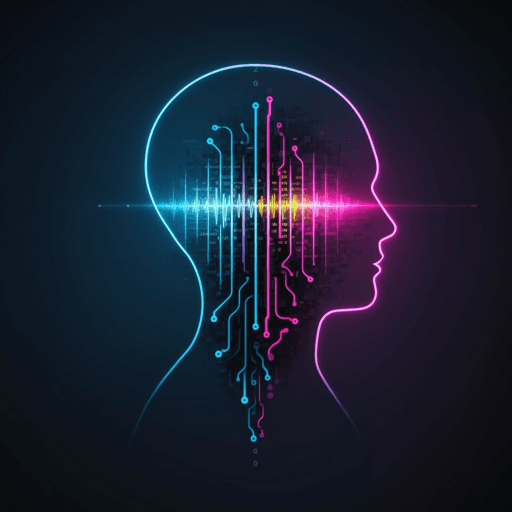
Computer Science
Self supervised learning based emotion recognition using physiological signals
M. Zhang and Y. Cui
Emotion recognition is vital for human–machine interaction, yet labeled EEG datasets are scarce. This study, conducted by Min Zhang and YanLi Cui, applies self‑supervised learning to EEG using three pretext tasks—Contrastive Predictive Coding, Relative Position, and Temporal Shuffling—to extract features from unlabeled data. Experiments show SSL can learn effective representations for downstream emotion recognition without manual labels.
~3 min • Beginner • English
Related Publications
Explore these studies to deepen your understanding of the subject.







